Jeff Byrne: Senior Superintendent Rises Through the Ranks

Jeff Byrne
39, Senior Superintendent
JE Dunn Construction
Beaverton, Ore.
Jeff Byrne has found success in construction by approaching every day of work with enthusiasm, embracing challenges and focusing on problem-solving.
“You can have a great sense of accomplishment walking away from the job at the end of the day, leaving it different than how you found it when you showed up in the morning,” he says.
That mindset came to him as a bit of a surprise, Byrne admits, since he didn’t really understand the wonders of the construction industry when he was in school. It wasn’t until his second internship with J.E. Dunn Construction Group that he realized he had found his calling and he signed on with the firm after graduation.
“I’ve always told people building construction projects is like putting together a gigantic puzzle,” Byrne says. “That’s what has set me apart has been my ability to problem solve.”
During the past decade, Byrne has earned five promotions and became one of only a few dozen senior superintendents at JE Dunn Construction. He has worked on projects in nearly every market, from government to health care and advanced manufacturing.
He has helped lead work at the historic Kansas State Capitol building, on multiple occupied vertical hospital expansions and on an elevated clean room link for an automatic material handling system at a semiconductor manufacturung facility.
For Byrne, one key to his success is that he came to construction from a different discipline. He says he turned the need to keep up with the learning curve of construction from a liability to an asset that set him apart.
“I always thought I had something to prove, and I just tried to work my butt off as much as I could,” he says.
In addition to his work ethic, Byrne tries to provide “good ideas, good solutions and a creative kind of problem-solving constantly.”
As a senior superintendent, Byrne champions a respectful site culture and fosters open communication. He says he understands why there is a temptation as a leader to use anger or intensity to solve problems, but he is also aware of limitations to that. Instead, he tries to foster an environment of respect.
“I’d rather connect with people. try to understand where they’re coming from and try to express to them that I want them to be successful,” he explained. “There are certain things we have to do, but I’m on your side.”
Or, to put it in more practical terms: “If you make money, I make money.”
His success in improving efficiency and communication with that approach led him to create a graphical schedule that formalized the process. Each trade is assigned a color, and those blocks of color are overlaid with time frames across a site plan to provide an easy-to-read visual that trade partners can instantly understand versus a traditional P6 schedule.
“I can communicate the same message to all those folks [on the project],” he says of the method. “But if there’s someone who has struggled with that communication to crews. I want to be able to bypass that.”
Post a Comment
You must be logged in to post a comment.





